While the internet was developed to add convenience to our modern lifestyle, it has also led to internet addiction. With the advancement of technology and the prevalent use of the internet in various aspects of our lives, it has become an imperative part of the human experience. This has made the addiction prevalent even without our knowledge.
What Is Internet Addiction (IA)?

Internet Addiction Disorder, also commonly referred to as Compulsive Internet Use (CIU), is defined as a behavioral addiction where a person suffers from a constant urge of using the internet and becomes dependent on it or other online devices to cope with life’s stresses. The condition is also known as Pathological Internet Use, Problematic Internet Use (PIU), or iDisorder.
According to the Mind help, internet addiction is “a pattern of thoughts and behaviours marked by extreme and obsessive computer use, whether online or offline, which may cause severe impairment and distress to daily functioning.” The condition includes different subtypes, such as:
- Excessive gaming
- Sexual preoccupations
- Email & text messaging
- Online gambling
Understanding Internet Addiction Disorder
Originally debated as a “real thing,” it was satirically conjectured as a disorder in 1995 by Dr. Ivan Goldberg, MD. In this debate, he also compared its original form to pathological gambling. Since this deception of sorts, the disorder has gained a humongous recognition and attention from many researchers, mental health counsellors, and doctors as a truly debilitating disorder. According to a 2012 study [mfn] Cash, H., Rae, C. D., Steel, A. H., & Winkler, A. (2012). Internet Addiction: A Brief Summary of Research and Practice. Current psychiatry reviews, 8(4), 292–298. https://doi.org/10.2174/157340012803520513 [/mfn], “Internet Addiction Disorder (IAD) ruins lives by causing neurological complications, psychological disturbances, and social problems.”
Although the condition has not been recognized in the fifth edition of the Diagnostic and Statistical Manual of Mental Disorders (DSM-5), the condition is getting noticed and recognized for several years. Internet addiction is prominently observed in countries where it is affecting large numbers of individuals, for example, South Korea, where the condition has been declared a national health problem.
Given the fact that the internet and gaming addiction is increasing rapidly, doctors have started taking various approaches for the treatment of this disorder to help individuals seeking support.
Facts About Internet Addiction
Here are some facts about internet addiction that should be considered for a clearer understanding of the condition:
- While internet addiction is officially not yet recognized as a mental disorder, experts have come up with diagnostic criteria for Internet addiction. Additionally, it has been recently updated in the appendix of Diagnostic and Statistical Manual of Mental Disorders (DSM-5 [mfn] Hartney, E. (2013). What are the official criteria for addiction? Verywell Mind. https://www.verywellmind.com/what-are-the-official-criteria-for-addiction-22493 [/mfn] ).
- There are at least three subtypes of internet addiction- video game addiction, online sex addiction, and online gambling addiction.
- The addiction to mobiles phones or smartphones and social networking sites are being investigated. There may be overlaps between the above-mentioned subtypes as well. For example, online gambling is associated with online games, and online games may be defined by pornography.
- Sexting, or sending sex messages has brought trouble to many individuals. Among such individuals, many were teens who were charged with child pornography, if they were underage.
- Treatment for internet addiction is available, however, there are only a few specialized internet addiction services. Additionally, a psychologist with experience in addiction treatment will probably be able to help.
Prevalence Of Internet Addiction Disorder
There are several studies and journals stating the prevalence of internet addiction disorder across the world. The World Journal of Psychiatry states that internet users globally have increased by 1000% over the last 15 years. It also states that in 2016, it was estimated that around 0.8% of the youth in Italy and 8.8% of Chinese adolescents were affected by the addiction. Additionally, the journal also states that internet addiction was reported as a serious problem in China, and was recognized as an official disorder in 2008.
The Journal of Economic & Business [mfn] Menon, S., Narayanan, L., & Kahwaji, A. T. (2018). Internet addiction: A research study of college students in India. Journal of Economics and Business, 1(1), 100-106. https://doi.org/10.31014/aior.1992.01.01.9 [/mfn] 2018 reveals that while there are no large-scale studies associated with IA at a global level, statistics show a widespread prevalence of internet usage along with the use of social websites and chatting. The journal also states that as Internet World Statistics [mfn] World internet users statistics and 2020 world population stats. (2020). https://www.internetworldstats.com/stats.htm [/mfn], there were approximately 4.1 billion internet users across the world. The increase in internet usage between 2000 and 2018 was recorded approximately 1052%, the largest being in Asian countries. It has also been observed that in India, internet addiction was notable among professional courses students. Additionally, a study in 2017 stated that internet addiction among Indian adolescents was as high as 35.6%, among internet users.
Additionally, the prevalence of internet addiction in American and European cultures is affecting up to 8.2% of the general population [mfn] Cash, H., Rae, C. D., Steel, A. H., & Winkler, A. (2012). Internet Addiction: A Brief Summary of Research and Practice. Current psychiatry reviews, 8(4), 292–298. https://doi.org/10.2174/157340012803520513 [/mfn]. A 2017 research paper [mfn] Mohammadkhani P, Alkasir E, Pourshahbaz A, Jafarian Dehkordi F, Soleimani Sefat E. Internet Addiction in High School Students and Its Relationship With the Symptoms of Mental Disorders. Iranian Rehabilitation Journal. 2017; 15(2):141- 148. https://doi.org/10.18869/NRIP.IRJ.15.2.141 [/mfn] stated that in Greece, internet addiction was 11% among the youth and 7-10% in South Korea. In Finland, it was 7.4% among females and 6.4% among males. In China, it was 9 to 11% and in Italy, 4.5% of students were addicted to the internet. In Iran, internet addiction prevalence is high among high school girls and is estimated to be around 8.3%.
Types Of Internet Addiction
To begin with, internet addiction is a broad term defined by a range of behaviors and impulse-control problems, all relating to the internet, personal computer, and mobile technology. Here are the 5 subcategories of specific types of computer and internet addictions as per research:
1. Computer or Gaming Addiction
Computer addiction also referred to as computer gaming addiction, involves on and offline activities that can be done via a computer. With the wide availability of computers, games such as Solitaire, Tetris, and Minesweeper were programmed into their software. Researchers have found out that playing games has become a problem in certain settings. This sort of addiction is mainly prevalent among office employees who would spend hours playing these games, causing a striking decrease in productivity.
2. Compulsive Information Seeking
People with an uncontrollable urge to gather and organize data from the internet falls under this category of addiction. In some cases, seeking information is an exhibition of pre-existing, obsessive-compulsive tendencies. The addiction can also hamper work productivity and lead to job termination. The treatment for the same depends on the severity of the addiction. The treatments are targeted to change compulsive behavior and develop coping strategies.
3. Net Compulsions
Net compulsions are associated with interactive activities online that can be extremely dangerous. These activities include online gambling, online auctions, trading stocks, and compulsive online shopping. These habits can leave a harmful impact on one’s financial stability and disrupt job-related duties.
4. Cyber Relationship Addiction
People suffering from cyber or online relationship addiction are strongly involved in searching and maintaining relationships online. This leads to forgetting and neglecting real-life bonds. Such relationships develop in chat rooms or across different social networking sites or can occur anywhere fostering interacting with people online. People pursuing online relationships often conceal their real identity and appearance, thereby giving rise to a modern phenomenon known as Catfishing.
Such activities can leave a person with the inability to make real-world connections, thereby, making them more dependent on their cyber relationships. Counselling or therapy is required to treat this addiction and ensure lasting behavioral changes.
5. Cybersex Addiction
Cybersex addiction is one of the most common internet addictions involving adult websites, online pornography, adult webcam and sexual fantasy/adult chat rooms. Developing an obsession with any of these elements can be harmful to one to form a real-world around sexual, romantic, or intimate relationships. Treatment options are also available for cybersex addictions, defined by intervention and followed by ongoing inpatient or outpatient therapy [mfn] Cognitive behavioral therapy. (2020). Addiction Center. https://www.addictioncenter.com/treatment/cognitive-behavioral-therapy/ [/mfn] .
Causes Of Internet Addiction Disorder
There is no single cause that can explain the development of internet addiction disorder. However, here are some factors that may play a contributing role in the onset of the condition:
1. Neuro-anatomical factors
Studies [mfn] Pan, N., Yang, Y., Du, X., Qi, X., Du, G., Zhang, Y., Li, X., & Zhang, Q. (2018). Brain Structures Associated with Internet Addiction Tendency in Adolescent Online Game Players. Frontiers in psychiatry, 9, 67. https://doi.org/10.3389/fpsyt.2018.00067 [/mfn] have suggested that people with internet addiction may suffer from alterations in the brain, like those with drug addiction and old compulsive gambling habits. Precisely, it has been noted that there are changes in the regions of the brain connected to attention, planning, and prioritizing (prefrontal area). These changes demonstrate why people with any sort of addictions give major priority to the use of the internet or consumption of drugs before every basic activity such as eating or sleeping.
2. Biological factors
Individuals suffering from internet addiction suffer from a chemical imbalance in their brain that fosters communication in the brain (neurotransmitters). It has been examined that the levels of dopamine and serotonin transmitters are lower than others. This deficiency explains why people with any sort of an addiction problem indulge in taking drugs or over-use the internet since there happens to be an increase in the levels of dopamine and serotonin in the brain.
3. Individual factors
People who are shy suffer from the risk of having internet addiction as social media platforms or networks allow one to communicate by eliminating face-to-face interaction.
4. Factors associated with the internet
The internet offers immediate and unpredictable information that can make people get easily addicted to excessive internet usage. For example, Facebook can provide individuals with the information that one of his/her friends is on a vacation or that the person he/she likes has just ended their current relationship. Thus, every session offering unpredictable and possibly positive information makes a person returns to the platform with greater frequency.
Symptoms Of Internet Addiction
Signs and symptoms of internet addiction disorder may be found in both physical and emotional manifestations. Here are some of the most common symptoms of this disorder:
1. Physical symptoms
- Backache
- Poor personal hygiene
- Headaches
- Insomnia
- Carpal Tunnel Syndrome
- Weight gain or loss
- Poor nutrition
- Neck pain
- Dry eyes and other vision problems
2. Emotional symptoms
- Depression
- Feelings of guilt
- Deception
- Agitation
- Nervousness
- Inability to prioritize or maintain schedules
- Isolation
- Feelings of euphoria when using the computer
- No sense of time
- Defensiveness
- Fear
- Boredom with day to day tasks
- Avoiding work
- Mood swings
- Loneliness
- Procrastination
Diagnosis Of Internet Addiction Disorder
In 2005, KW Beard published [mfn] Beard KW. Internet addiction: a review of current assessment techniques and potential assessment questions. Cyberpsychol Behav. 2005 Feb;8(1):7-14. doi: 10.1089/cpb.2005.8.7. PMID: 15738688. [/mfn] an article in Cyber Psychology and Behavior. Here he had proposed 8 features that defined having an internet use disorder. If 5 or more of the traits describe a person, they would be diagnosed with internet addiction. These are-
- The person is preoccupied with the internet.
- The person needs to spend more time using the internet in order to achieve satisfaction.
- The person has made failed attempts to control, cut back, or stop using the internet.
- The person stays online longer than he/she intended
- The person feels restless, depressed, moody, or irritable when attempting to check or stop the use of the internet.
- The person endangers or takes the risk to lose an important relationship, job, or career opportunity due to the internet.
- The person lies to family members, therapists, or to others to hide the degree of involvement with the internet.
- The person uses the internet to avoid the problems or for relieving a dysphoric mood, for example, escapes the feelings of helplessness, guilt, depression or anxiety.
If an individual has taken an Internet Addiction Disorder test, he/she is likely to get a questionnaire of some sort to assess the dependency on the internet. The most popular assessment tools used to help establish a diagnosis of Internet Addiction Disorder include:
- Young’s Internet Addiction Test
- Problematic Internet Use Questionnaire (PIUQ)
- Compulsive Internet Use Scale (CIUS)
There are various internet tests as well which have also gained popularity. The Internet Addiction Test was developed by Dr. Kimberly Young in 1998, which includes a 20-item questionnaire, designed for the client by a proctor. These items include statements such as:
- How often do you find yourself staying online longer than you intended?
- How often do you find yourself contemplating when you will go online again?
- How often do others in your life complain about the time you spend online?
Every answer is allocated with a numerical value. Once the test ends, all the values of the answers are added together, and the score is calculated which determines the presence or severity of internet addiction.
Treatment Of Internet Addiction
The treatment of internet addiction starts with recognizing the existence of the problem. If the patient believes that he/she does not have any problem, then the person will not seek any treatment.
However, there are various forms of treatment for internet addiction. The most effective and common treatment options include the following:
1. Psychological Treatment
The following psychological treatment options are available for someone suffering from this mental health condition:
A. Cognitive Behavioral Therapy (CBT)
Internet addiction has responded well to cognitive behavior therapy in (CBT) in the past. The therapy focuses on alternating the patterns of thinking and beliefs associated to trigger anxiety. The foundation of cognitive behavior therapy is that ideas trigger thoughts followed by triggering feelings and producing behaviors.
Read More About Cognitive Behavioral Therapy (CBT) Here.
B. Individual Therapy
The patient may be recommended talk therapy on a one-on-one basis with the therapist as it is considered to be the best treatment options. There will be regular sessions for the individual, where he/she can express or explain the issues catering to the disorder. Discussions generally include talking about:
- The addiction and the recovery process
- The sentiments and habits that have developed with the disorder
- The goals the person has set for the future
C. Group therapy
When the patient realizes that he/she is not alone a part of the recovery journey, it helps them to take the first step towards the treatment. In group therapy [mfn] Kim, J.-U. (2008). The effect of a R/T group counseling program on the Internet addiction level and self-esteem of Internet addiction university students. International Journal of Reality Therapy, 27(2), 4–12. [/mfn], the patient will connect and communicate with people working through the same issues.
Read More About Group therapy Here.
D. Anonymous Support Groups
Much like Narcotics Anonymous or Alcoholics Anonymous, substance use disorder groups that can help the patient to talk through his/her behaviors while making him/her responsible on the path to recovery.
E. Inpatient And Outpatient Treatment
Multiple substance use disorder clinics now to offer programs for internet addiction. A person with this disorder can search for a clinic near him/her or talk to his/her main healthcare provider for recommendations.
2. Multimodal Treatment
There are instances when multimodal treatments may be suggested for the patient. In this method of treatment, the person suffering from internet addiction is prescribed both medications and psychotherapy to treat his/her addiction to the internet.
Self-Help Strategies For Internet Addiction
If you feel you are addicted to excessive internet usage, here are the few things that you can do to curb the urge:
1. Take note of your symptoms
Keep a track of your behavior and your affinity towards the internet. Act accordingly to minimize the usage of the internet.
2. Ask yourself questions
Ask yourself as to why are you using the internet more than required. Why are you always thinking about going online? What are the real problems you are facing with this development of habit?
3. Set goals
Set realistic goals for yourself catering to the usage of the internet in a day and try to stick to it by controlling your desire.
4. Turn off your phone
When you are hitting the bed at night or sitting at the dinner table, keep your smartphone away from you. You can also turn off the phone to indulge with others in a healthy, realistic conversation.
5. Relax your senses
Indulge in activities like yoga, meditation and early morning walk to calm your senses, away from the screen.
6. Replace internet with healthier activities
Indulge in regular workouts, help your family members in doing household chores, cook something for your loved ones or indulge in your long lost hobby.
7. Rediscover real relationships
Start socializing with the real world. Contact your friends and go out with them to spend some time outside. Take part in a healthy conversation with your spouse or family members to enjoy the essence of the real world.
8. Seek professional help
Take help from the healthcare professional. There is no shame associated with seeking support. Talk to your family members and together indulge in therapy sessions for a speedy recovery.
How To Help Someone With Internet Addiction Disorder
Watching your loved one become a victim of internet addiction can be extremely difficult. If you want to help your loved one with this disorder, then here are a few things that you can do:
- Reach out to the person and make him/her understand that you are there to love and support him/her under any circumstance.
- Let the person know about your worries and concerns catering to his/her usage of the internet. Make sure that both of you have a healthy discussion about what may be truly affecting the person.
- Addiction often gives rise to isolation and guilt, primarily due to shame. A key part of recovery is learning to relieve those emotions.
- Remember to take care of yourself while you are helping your loved one battle the disorder.
- You both can join a group or individual therapy session to overcome the addiction together.
- Create an internet-free zone by restricting the use of smartphones or laptops to the common areas, thus keeping an eye on your loved one. Ban sources of accessing the internet, like phones or tablets from the dinner table to limit the usage of the internet.
Internet Addiction Is Curable
Internet addiction disorder leaves adverse effects on sufferers. Given the fact that prevention is better than treatment, is it of utmost importance to take this disorder into consideration as a psychological problem. The condition is largely prevalent in the younger generation who are considered as the future of our society. Hence, the right blend of treatment and support from family and friends can prove valuable for effective and complete recovery.
Internet Addiction At A Glance
- Internet addiction is a pattern of thoughts and behaviors marked by extreme and obsessive computer use, whether online or offline, which may cause severe impairment and distress to daily functioning.
- The World Journal of Psychiatry states that internet users globally have increased by 1000% over the last 15 years.
- The treatment of internet addiction starts with recognizing the existence of the problem.
- Internet addiction disorder leaves adverse effects on sufferers.
- The condition is largely prevalent in the younger generation who are considered as the future of our society.
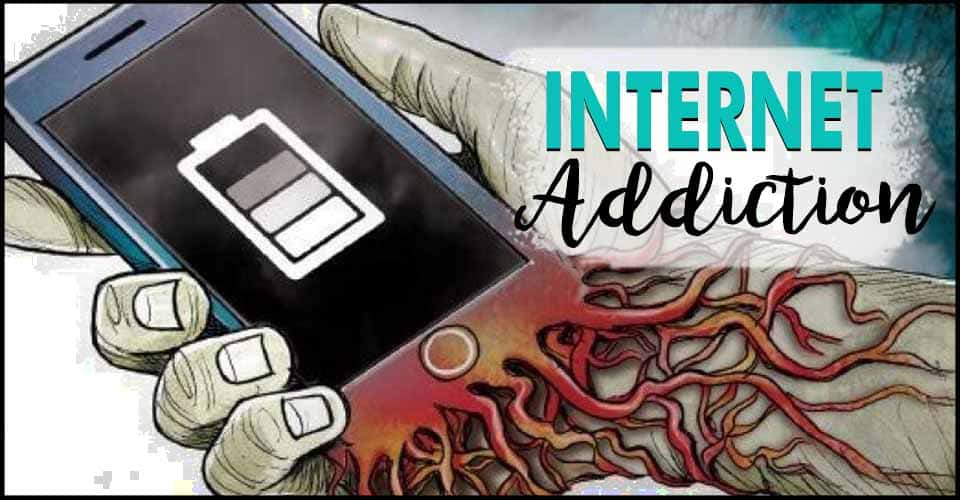

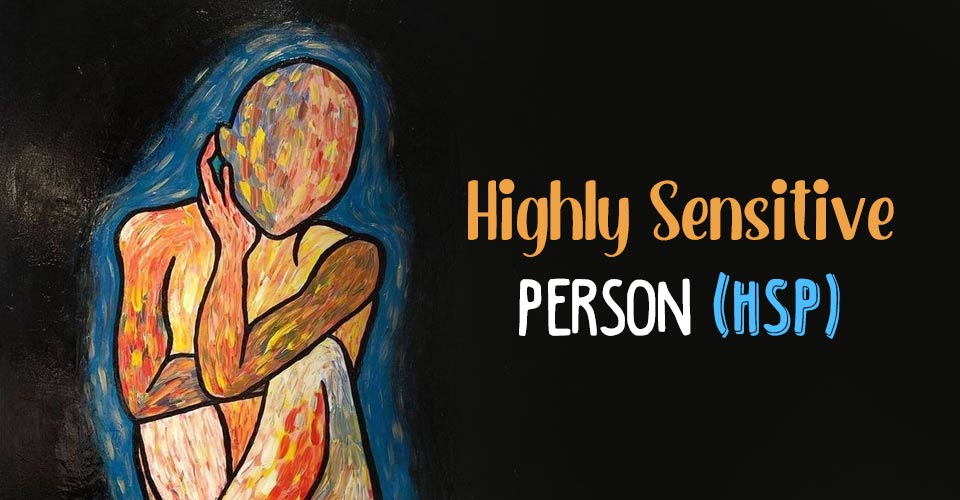
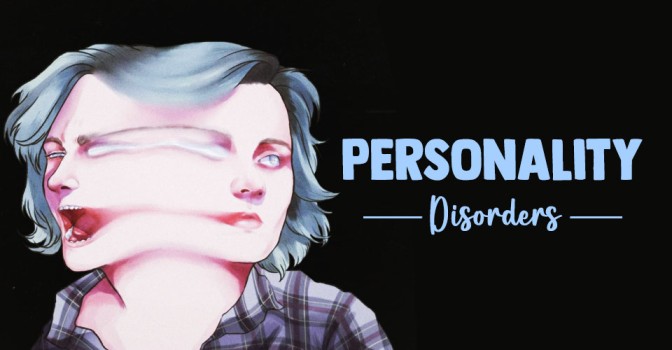
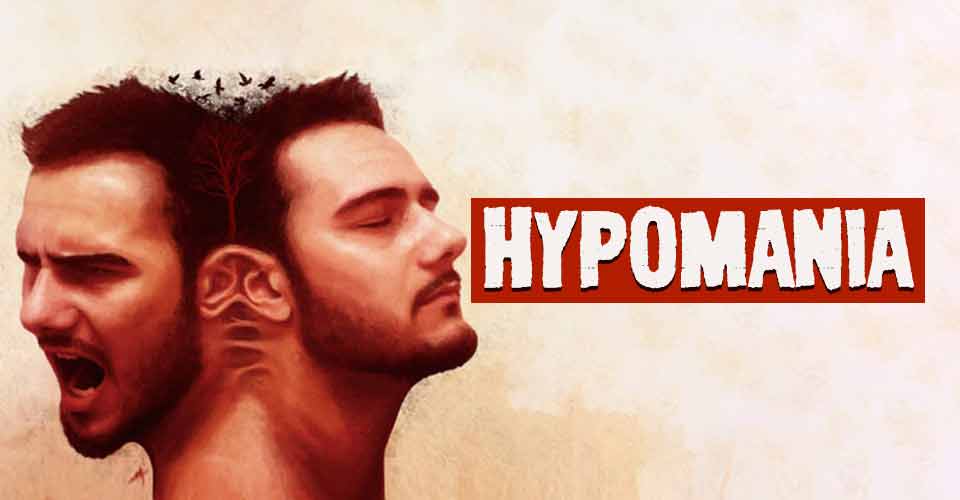
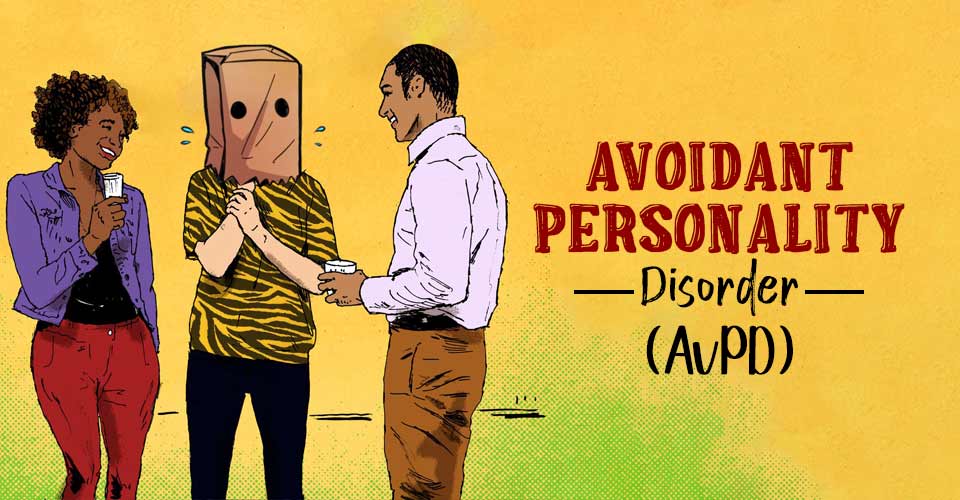

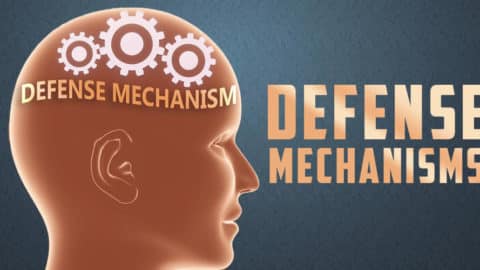
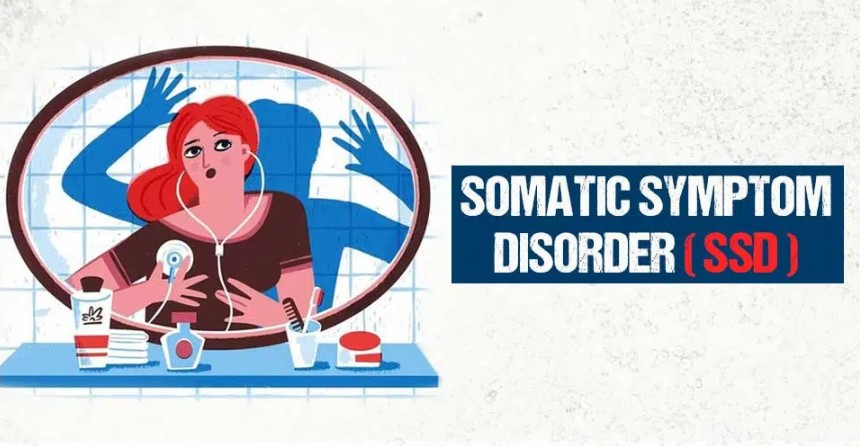

Leave a Reply